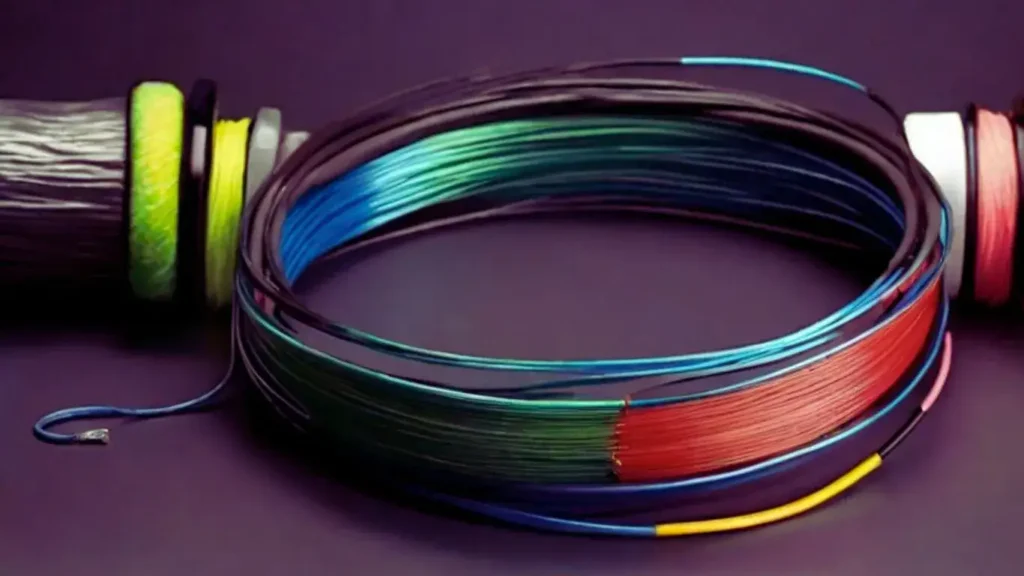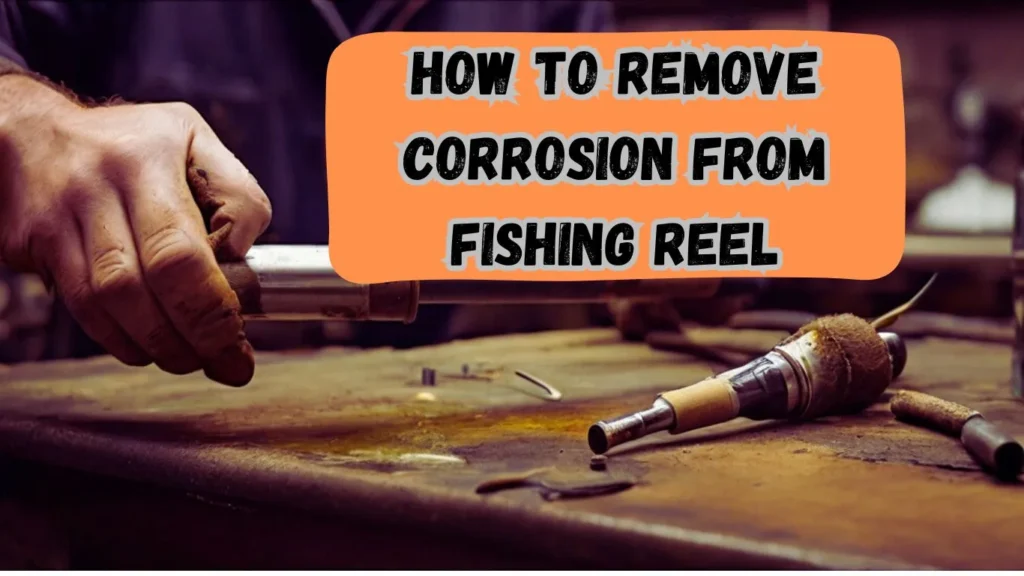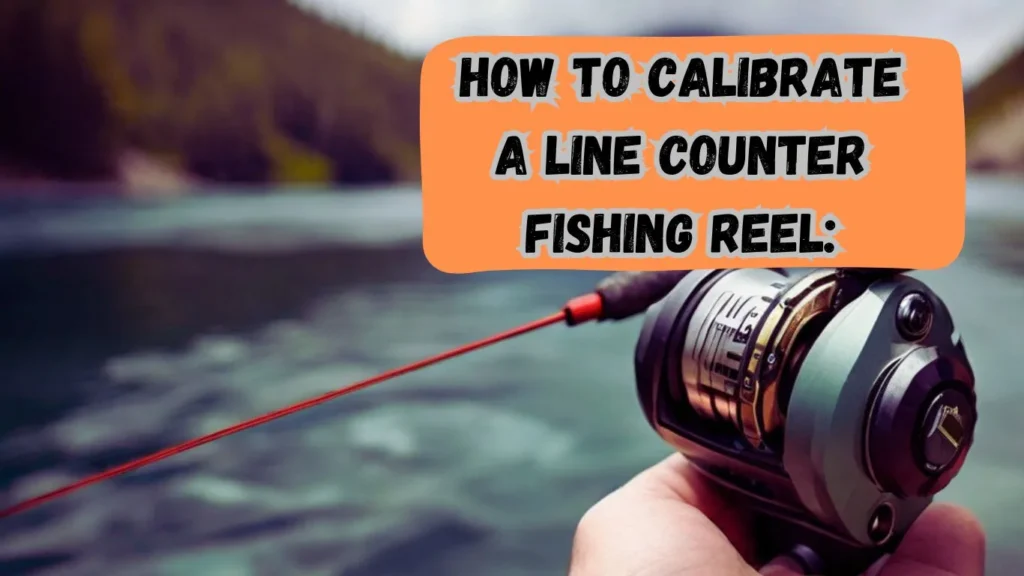Welcome to our comprehensive guide on how to put fishing line on a reel. Whether you’re a beginner or an experienced angler, properly spooling your reel is essential for successful fishing trips.
In this article, we’ll cover everything you need to know, from understanding different types of fishing lines to step-by-step instructions on spooling your reel like a pro.
How to Put Fishing Line on a Reel ( Full Guide )
So Friends, lets dive into the process of putting dishing line on a reel:
Understanding Fishing Line
Before you learn how to put fishing line on a reel, it’s essential to grasp the basics of fishing lines. Monofilament lines, known for their stretchability, are popular among beginners due to their forgiving nature.
Fluorocarbon lines, on the other hand, are virtually invisible underwater, making them ideal for clear water conditions. Braided lines offer exceptional strength and sensitivity, perfect for targeting large game fish. By understanding the characteristics of each type, you can make an informed decision when choosing the right line for your reel.
Choosing the Right Fishing Line
When it comes to choosing the right fishing line, one size does not fit all. Consider the type of fish you’ll be targeting, the fishing environment, and your preferred fishing technique. For example, if you’re casting light lures for bass in heavy cover, a braided line with low stretch would be ideal.

However, if you’re fishing for trout in clear streams, a thinner diameter fluorocarbon line may be more suitable. By understanding these factors, you can ensure that your fishing line complements your reel and maximizes your chances of success on the water.
Also Read>> top 5 Offshore fishing reels and rods
Preparing the Reel
Inspect your reel for any signs of damage or wear, such as corrosion, line twist, or worn drag washers. Clean the spool and remove any old line or debris to ensure smooth line retrieval.
Additionally, consider adding backing to the spool before spooling the main fishing line. Backing not only saves money by reducing the amount of mainline needed but also prevents slippage and improves line capacity.
Steps to Put Fishing Line on a Reel
Spooling your reel may seem daunting at first, but with the right technique, it’s a straightforward process. Follow these step-by-step instructions to put fishing line on your reel like a pro.
Begin by attaching the fishing line to the reel’s spool using an arbor knot or a uni knot. Ensure that the line is wrapped tightly around the spool to prevent slippage during casting.
Once secured, slowly spool the line onto the reel, maintaining tension with your fingers to prevent line twists and tangles.
After spooling the desired amount of line, trim the excess and tie a secure knot to the terminal tackle. Finally, adjust the drag settings and test the line for smooth operation before hitting the water.
Check>> Top 5 penn fishing reels of the year
Tips for Beginners
Spooling a reel may take some practice, but with these helpful tips, you’ll be spooling like a pro in no time.
One common mistake beginners make when spooling a reel is overfilling the spool, leading to line twists and casting issues.
Start with a moderate amount of line and gradually add more as needed. Additionally, practicing casting in an open area can help familiarize yourself with your new setup and fine-tune your casting technique.
Remember, mastering the art of spooling takes time and patience, so don’t get discouraged if it takes a few tries to get it right.
FAQs
How often should I change my fishing line?
It’s recommended to change your fishing line at least once a season or whenever you notice signs of wear, such as fraying or reduced casting distance.
What is the best way to prevent line twists?
Avoiding line twists is crucial for smooth casting and retrieval. To prevent line twists, ensure that the fishing line is spooled onto the reel under proper tension and avoid overfilling the spool.
Can I reuse old fishing line?
While it’s possible to reuse old fishing line in some cases, it’s generally not recommended. Old line may become brittle and prone to breakage, compromising your chances of landing a fish.
Should I use backing when spooling my reel?
Using backing, such as monofilament or braided line, can help save money and improve line capacity on your reel. Additionally, backing prevents slippage and ensures a secure connection between the mainline and the spool.
What is the best knot for attaching fishing line to a reel?
The arbor knot and uni knot are both popular choices for attaching fishing line to a reel. Whichever knot you choose, ensure that it’s tied securely to prevent slippage during casting.
How can I prevent backlash when casting with a baitcasting reel?
Backlash, also known as a bird’s nest, can occur when casting with a baitcasting reel if the spool spins faster than the line is leaving the reel. To prevent backlash, practice thumb control and adjust the reel’s brake settings to match your casting technique.
Conclusion
Congratulations! You’ve now learned how to put fishing line on a reel like a pro. By following the steps outlined in this guide and implementing the tips provided, you’ll be well-equipped to tackle any fishing adventure with confidence.
Remember, practice makes perfect, so don’t be afraid to experiment and refine your skills on the water.
Also Read These Guides>>




